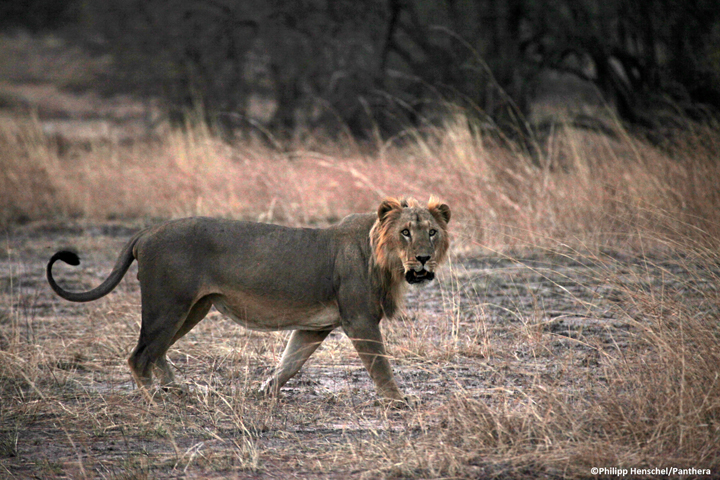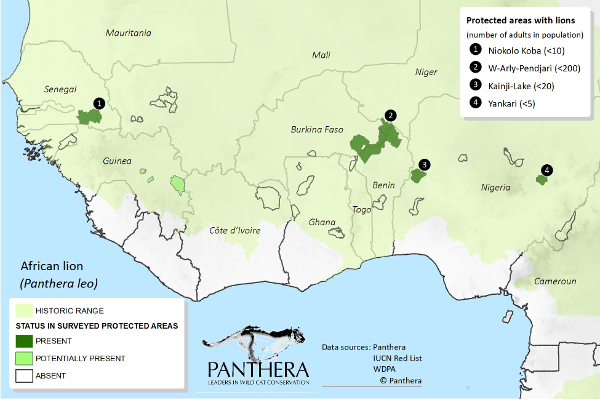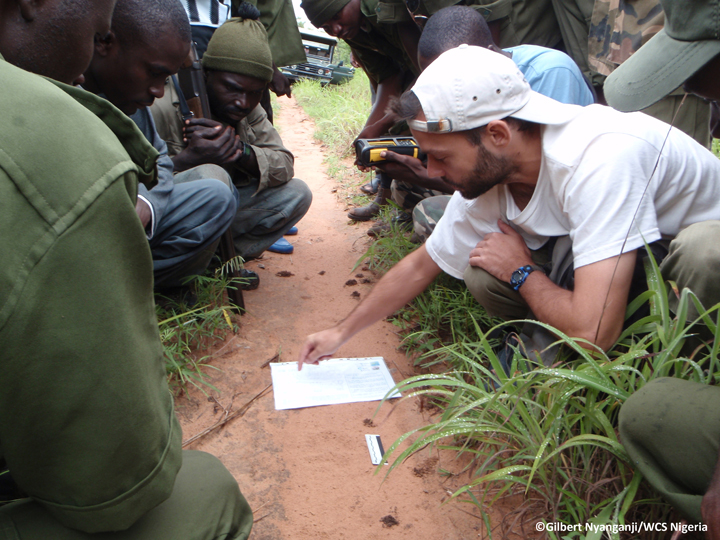Updated in 2017 to reflect new taxonomic decisions made by the IUCN Cat Specialist Group’s Cat Classification Task Force1 and 2018 after determination of six tiger subspecies2.
Being cat obsessed, I always want to find out more about these amazing animals. So recently I was searching for the most endangered felines in the world. I ended up finding conflicting results (I think this is partially due to the fact that listing certain species is ‘sexier’ than others and that some addressed subspecies while others did not). So I decided to do my own research. It took some time, looking up every subspecies of wild cat, but it was well worth it. And now, in honor of Endangered Species Day, which was this last Friday I decided to put together a list of the ten most endangered felines in the world. Now a list depends on the parameters set and since the exact numbers of breeding individuals for many subspecies or even species is not known, I will deal only with the numbers that are known.
This is the overall list of the most endangered wild cats in the world, including subspecies and species.
1. South China Tiger (Panthera tigris amoyensis)
 Status: Critically Endangered, most likely Extinct in the Wild
Status: Critically Endangered, most likely Extinct in the Wild
Population Size: 72* (Captive Only)
Population Trend: Unknown
2. Balkan Lynx (Lynx lynx balcanicus)
 Status: Critically Endangered
Status: Critically Endangered
Population Size3: 20-39
Population Trend: Decreasing
3. Asiatic Cheetah (Acinonyx jubatus venaticus)
Status: Critically Endangered
Population Size4: Less than 40
Population Trend: Decreasing
4. Arabian Leopard (Panthera pardus nimr)
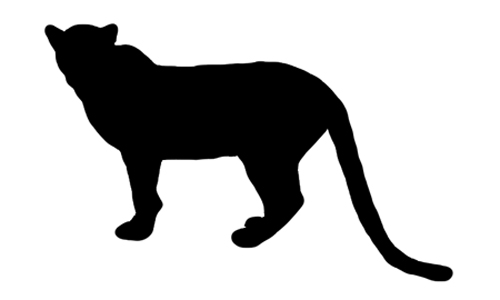 Status: Critically Endangered
Status: Critically Endangered
Population Size5: 45-200
Population Trend: Decreasing
5. Amur Leopard (Panthera pardus orientalis)
Status: Critically Endangered
Population Size6: Less than 60
Population Trend: Increasing
6. Iberian Lynx (Lynx pardinus)
 Status: Critically Endangered
Status: Critically Endangered
Population Size7: ~ 156
Population Trend: Increasing
7. Javan Leopard (Panthera pardus melas)
 Status: Critically Endangered
Status: Critically Endangered
Population Size8: Below 250
Population Trend: Decreasing
8. Barbary Serval (Leptailurus serval constantina) Status: Critically Endangered
Status: Critically Endangered
Population Size9: Below 250
Population Trend: Decreasing
9. Northwest African Cheetah (Acinonyx jubatus hecki)
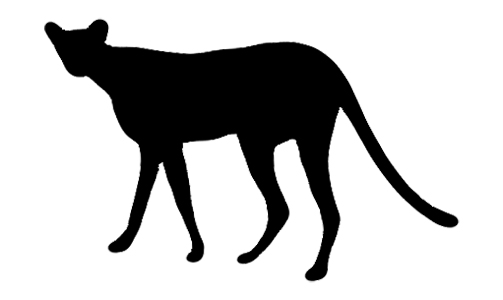 Status: Critically Endangered
Status: Critically Endangered
Population Size10: Below 250
Population Trend: Decreasing
Sri Lankan Leopard (Panthera pardus kotiya)
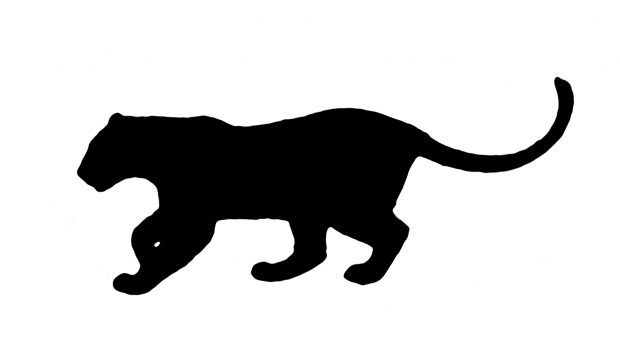
Status: Endangered
Population Size11: 700-950
Population Trend: Decreasing
There are a few really interesting things to note when looking at this list. One thing for example is that all but two of these subspecies and species’ population numbers are decreasing (the exceptions being the Amur Leopard and Iberian Lynx). This downward trend is really not a great sign for the survival of these cats in the long run.
Another interesting thing is that seven out of the ten cats are larger cats (though not all of them are classified as Big Cats). Larger animals require larger areas to contain enough prey to sustain themselves. As their habitat is constantly disappearing so do their numbers decrease. The only plus side of this is that if we can protect these large cats, so do we protect lots of habitat not only for them but many other animals as well.
Another thing to note is that only one species (not subspecies) has made the list, the Iberian Lynx. It proves how threatened of extinction this animal really is. Some tiger and lion subspecies have gone extinct due to humans in recent times, but if the Iberian Lynx was to disappear for good, it would be the first cat species to go extinct since the Saber-toothed Cat, which died out 11,000 years ago.
On a personal note, in creating this list, it was amazing was to discover the Balkan Lynx, a subspecies of Eurasian Lynx I had never heard of, and it is the most threatened cat of extinction!
Sources:
- Cat news, Special Issue, Number 11, Winter 2017: A revised taxonomy of the Felidae
- 2018, Liu: Current Biology: Genome-Wide Evolutionary Analysis of Natural History and Adaptation in the World’s Tigers
- Balkan Lynx Population (2015): http://www.iucnredlist.org/details/68986842/0
- Asiatic Cheetah Population (2016): Cat News, Special Issue, Number 10, Autumn 2016: Cats in Iran
- Arabian Leopard Population (2008): http://www.iucnredlist.org/details/15954/0
- Amur Leopard Population (2014): http://www.iucnredlist.org/details/15954/0
- Iberian Lynx Population (2015): http://www.iucnredlist.org/details/12520/0
- Javan Leopard Population (2008): http://www.iucnredlist.org/details/15954/0
- Barbary Serval Population (2015): http://www.iucnredlist.org/details/11638/0
- Northwest African Cheetah Population (2008): http://www.iucnredlist.org/details/221/0
- Sri Lankan Leopard Population (2015): http://www.iucnredlist.org/details/15954/0


